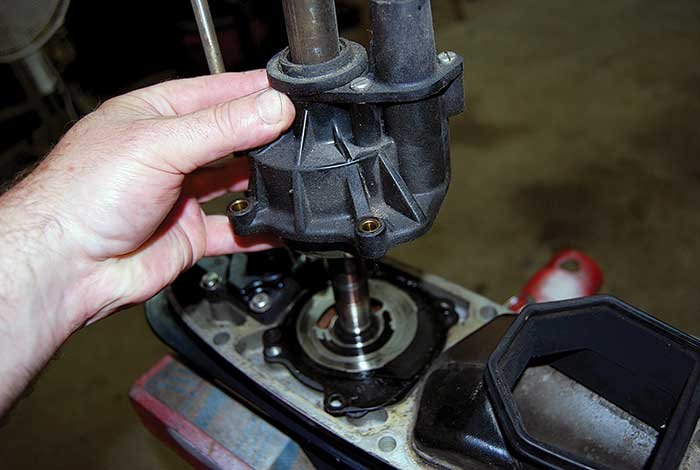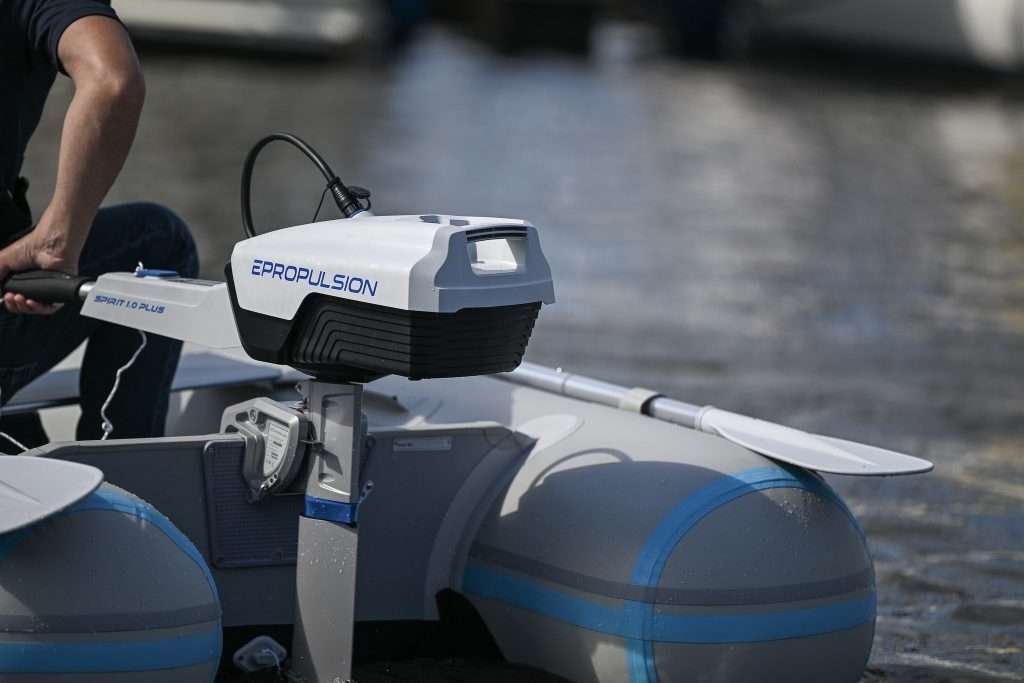Changing Your Boat’s Water Pump: Why Choose Professionals
Is your boat’s water pump on its way out? Maybe it’s begun to make strange noises, leak, or it just doesn’t seem to be working as effectively as it used to. Whatever the case, replacing your boat’s water pump is a necessary maintenance task that all boat owners must eventually do. While some boat owners may be tempted to tackle this job themselves, DIY repair can be risky and ultimately more costly. It’s for those reasons that you should heavily consider choosing professionals for your boat’s water pump replacement instead. Why DIY Isn’t Always the Best Option There’s no denying that DIY projects can be a great way to save money and learn new skills. But when it comes to replacing your boat’s water pump, there are several reasons why hiring professionals is the better option. Lower Work Quality How much experience do you have with boat maintenance and repairs? If it’s not much, then attempting a water pump replacement on your own may result in subpar or even dangerous work. Lack of Access to Specialized Tools and Equipment Replacing a water pump requires specialized tools and equipment that most boat owners don’t have. These tools are expensive and may only be used for this specific task. Can you afford to buy them for potentially a single-time use? If so, is it a worthwhile investment? Safety Concerns Boat engines are complex machines, and working on them requires knowledge and experience. Without proper training and understanding of how everything works together, attempting a water pump replacement on your own can put you at risk of injury. Time-Consuming You could fix your boat’s water pump yourself if you feel it’s worth it. Just be advised that it’s a time-consuming task, and one where there’s always the chance of getting hurt. If you accidentally repair the water pump incorrectly, you may end up causing more damage to your boat’s engine. This could result in even costlier repairs or possibly needing to replace the entire engine. So, ask yourself: is the time and risk investment worth it? Would it perhaps be better to leave the job to a professional who has experience and knowledge in boat repairs? How To Find a Reliable Boat Mechanic If you’re ready to hire a professional boat mechanic, here are some tips to help you find a reliable and qualified expert: While it may seem tempting to save money by attempting a DIY water pump repair, it’s important to consider the potential risks and drawbacks. Hiring a professional for this task offers numerous benefits, including expertise, time savings, warranties, and ongoing support. It’s ultimately a safer and more reliable option for getting your boat’s water pump back in working condition.




